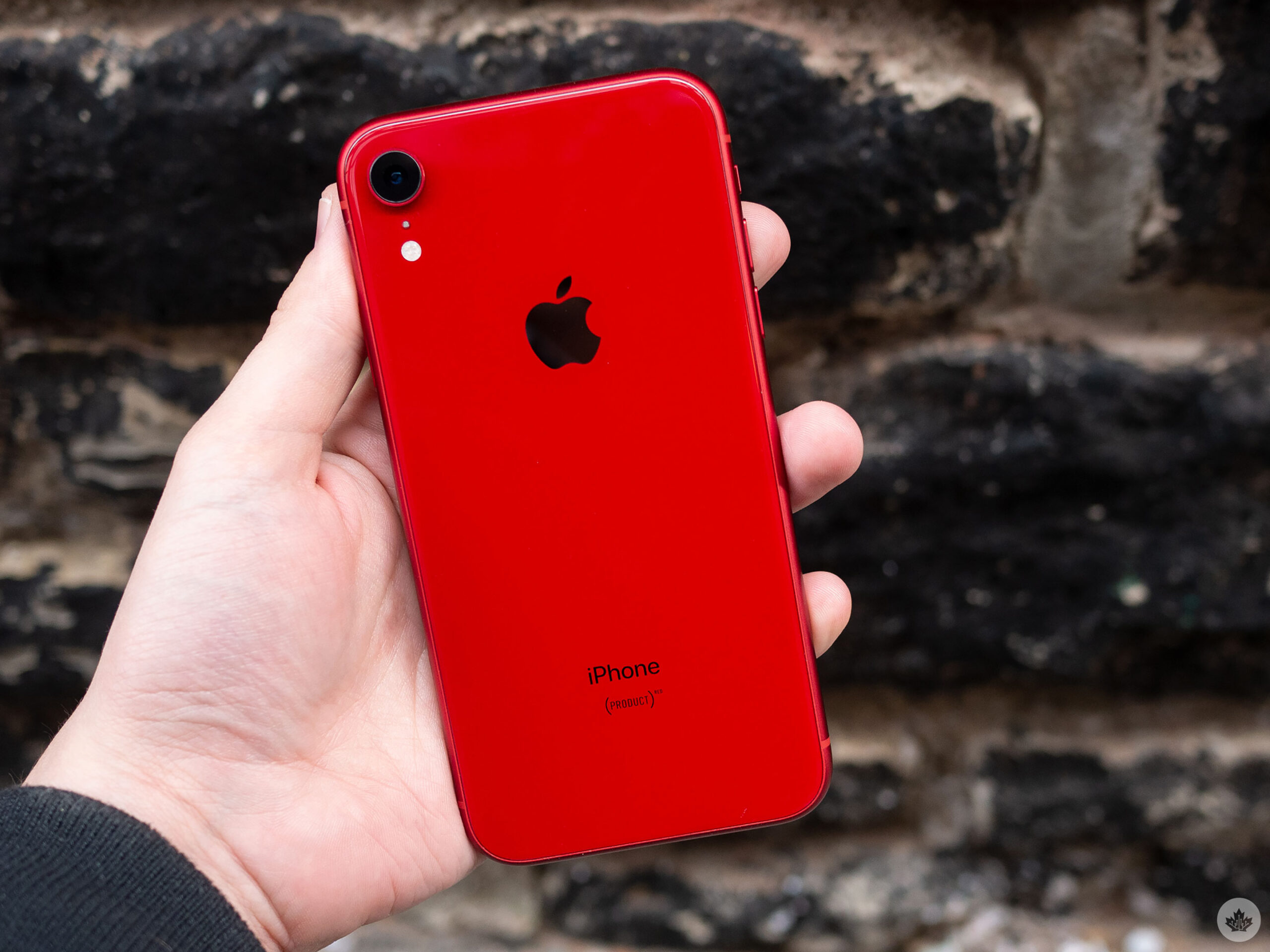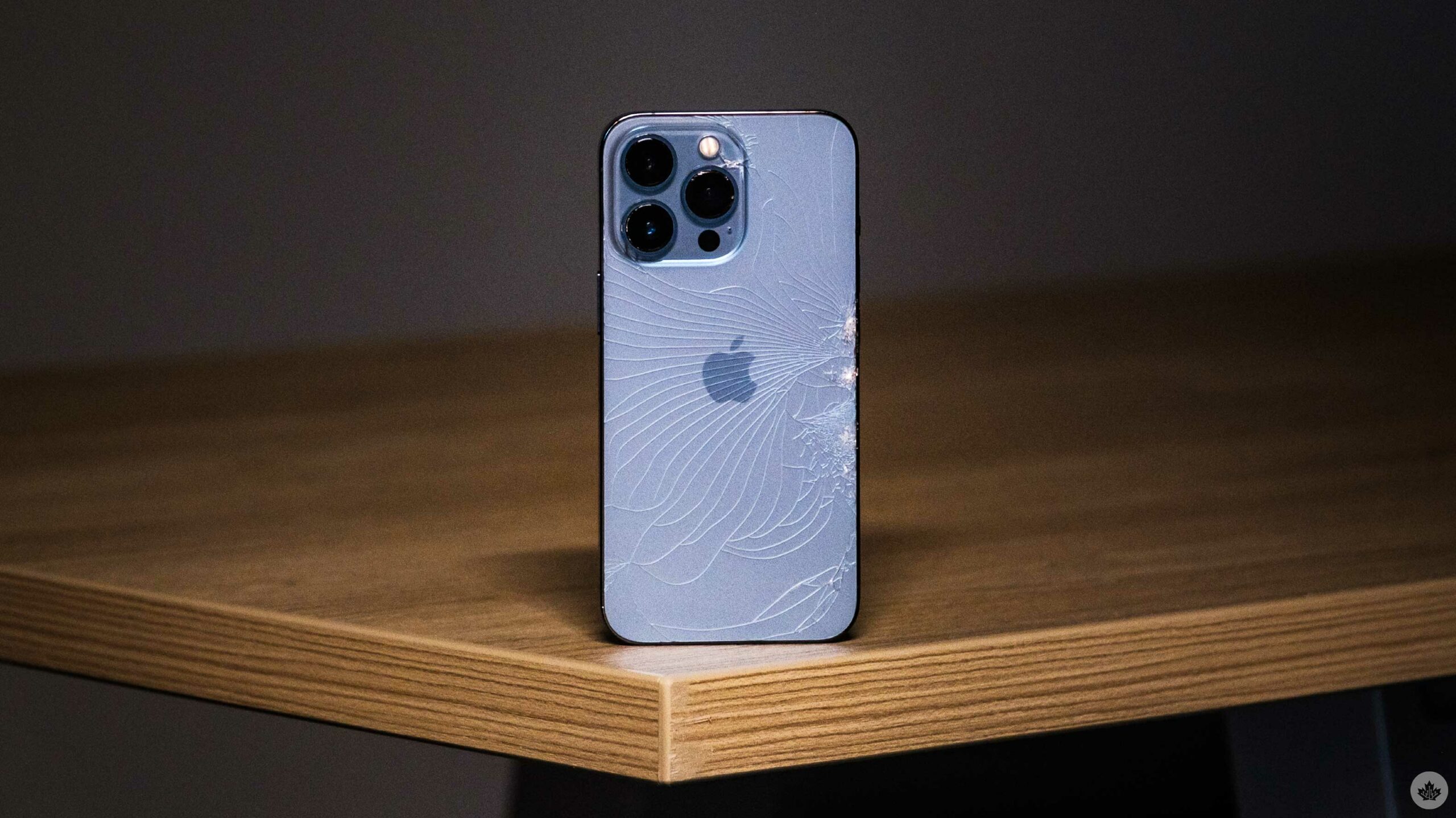Many of us love buying a new iPhone.
Whether you’re an Apple fan (like me) or a Gen Z who lives on their device (also like me), buying a new iPhone is an exciting experience. On the other hand, purchasing a new iPhone is viewed more as a chore for some.
Perhaps it’s because of fancy marketing or because smartphone manufacturers have an annual release cycle. Either way, many of us are conditioned to think that we should be buying a new iPhone every year. Obviously, very few people do. Some wait two, three or four years, or even longer.
I recently wrote about why someone may want to consider not upgrading to an iPhone 14 and instead consider purchasing an iPhone 12 or 13. This got me thinking about when it’s the right time to buy a new iPhone.
iPhones are built to last years
I know this may seem surprising, but Apple wants you to keep your phone longer than a year. Around 2017 with the release of the iPhone X, Apple’s strategy around iPhone sales changed. It was becoming clear that fewer people were buying iPhones on a one or even two-year cycle. Instead, consumers were buying phones every three or four.
The iPhone 6 is a perfect example of this. The iPhone 6 was (and still is) Apple’s most popular iPhone, and the device many iPhone 6 owners upgraded to three or four years after buying their iPhone 6.
Taking note of this trend, Apple shifted its strategy. Instead of telling you why you needed to buy the latest iPhone every year, Apple shifted its marketing to push consumers toward buying an iPhone because it will last for years.
 Apple can adopt this strategy for a few reasons. First, the tech giant has become famous for offering several years of iOS updates for older phones, unlike its Android competitors (the latter are lucky to get two years worth depending on the device). Second, Apple uses premium materials like aluminum, stainless steel and glass instead of plastic. Third, Apple uses its own custom silicon processors that are technologically years ahead of any competition. This allows your iPhone to still feel fast years after its release.
Apple can adopt this strategy for a few reasons. First, the tech giant has become famous for offering several years of iOS updates for older phones, unlike its Android competitors (the latter are lucky to get two years worth depending on the device). Second, Apple uses premium materials like aluminum, stainless steel and glass instead of plastic. Third, Apple uses its own custom silicon processors that are technologically years ahead of any competition. This allows your iPhone to still feel fast years after its release.
Because of these competitive advantages, Apple can charge a premium price for their products that many are (mostly) happy to pay. Apple has also made conscious efforts to use 100 percent recycled rare earth minerals in their devices alongside trade-in and recycling plan offers.
The battery sucks
Perhaps the number one reason people say they’re upgrading their iPhones is that their battery life “sucks.” This isn’t surprising as batteries are the most consumable part of your iPhone. As a result, many of us associate upgrades with being driven by device battery life. This isn’t entirely Apple’s fault, though.
Modern lithium-ion batteries aren’t that great. The battery in your iPhone lasts for about 700-1000 cycles. One cycle is when the battery completely drains from 100 percent to 0 percent. For example, if I use my phone for two days and finish both days at 50 percent, I’ve used one battery cycle. Most of us probably use one cycle per day. Likely, ending our days with under 20 percent battery if I were to guess.
 As a result, iPhone batteries only last about two years under expected conditions. This is quite a bit less than the rest of your phone is designed to last. You can always verify your battery’s condition by going to the settings app and navigating to ‘Battery’ > ‘Battery Health & Charging.’ The “maximum capacity” is how much energy your battery can hold compared to when it was brand new.
As a result, iPhone batteries only last about two years under expected conditions. This is quite a bit less than the rest of your phone is designed to last. You can always verify your battery’s condition by going to the settings app and navigating to ‘Battery’ > ‘Battery Health & Charging.’ The “maximum capacity” is how much energy your battery can hold compared to when it was brand new.
Apple considers any battery under 80 percent to be an unhealthy cell. Battery health is a great indicator to tell you that you likely don’t need a whole new phone but just a new battery. A new battery can not only make your iPhone last longer but can also improve performance. You can visit your local Apple Store or Apple Authorized Service Provider (AASP) to get your battery replaced with a genuine Apple part. Alternatively, you can install a replacement battery yourself from a vendor like iFixit.
My iPhone is broken
Like replacing your battery, many parts in your iPhone can be repaired. Repairing an iPhone’s glass back would cost nearly as much as buying a new phone for a long time. However, with the iPhone 12 and later, Apple seems to be improving modular repairability.
If the iPhone has a cracked display, shattered back, or even a non-working camera, Apple may be able to replace the broken part for far less than what buying a new iPhone would cost.
 I recommended sticking to your local Apple Store or AASP. Venturing to third-party vendors may seem fine, but they likely won’t be using Apple-genuine parts, and it’s hard to keep third-party shops accountable for their work. When looking at a repair versus a new phone, weigh the costs. You may be pleasantly surprised.
I recommended sticking to your local Apple Store or AASP. Venturing to third-party vendors may seem fine, but they likely won’t be using Apple-genuine parts, and it’s hard to keep third-party shops accountable for their work. When looking at a repair versus a new phone, weigh the costs. You may be pleasantly surprised.
But the reviews?
Watching and reading reviews on the latest tech can be entertaining and informative. Yet, recently, the headlines are starting to repeat themselves. Last year’s iPhone is just as good as this year’s, perhaps with a missing feature or two.
Frankly, that’s not surprising. iPhones are a mature product; there isn’t a lot that can change year-to-year except for minor improvements.
Reviewers typically compare this year’s iPhones to last year’s because they always use the latest device. In reality, most people are using devices a few years old. If you’re coming from an iPhone that is a few years old like Apple intends, you’ll see a massive jump in speed, performance, features and camera quality. In a sense, you’ll get more bang for your buck when upgrading several years later.
I just want a new one
If you want a new iPhone and can afford it, go ahead and buy yourself one. I’m an annual upgrader and buying new tech makes me happy. If you also think this way, do it, but don’t feel like you have to buy the latest phone or your device will be suddenly outdated or you’ll miss out on great features.
 Assuming you buy a new device, consider selling your current phone, giving it to a family member, or trading it into Apple for store credit. Don’t let your old iPhone become drawer junk when it could have another life with someone else.
Assuming you buy a new device, consider selling your current phone, giving it to a family member, or trading it into Apple for store credit. Don’t let your old iPhone become drawer junk when it could have another life with someone else.
Here is when you should upgrade
Ultimately, when you buy a new iPhone is unique to your situation. The best time to buy a new iPhone is when you want one and can afford it.
Don’t fall for the marketing traps or the peer pressure that makes you think that you always need the latest smartphone. Instead, help save yourself money and reduce e-waste by keeping your phone longer and ensuring it gets a new home once you are finished with it.
If the latest features aren’t compelling to you, consider getting a new battery to give your current device a refresh. Remember that your phone’s hardware now will be fantastic for years to come.



 Apple can adopt this strategy for a few reasons. First, the tech giant has become famous for offering several years of iOS updates for older phones, unlike its Android competitors (the latter are lucky to get two years worth depending on the device). Second, Apple uses premium materials like aluminum, stainless steel and glass instead of plastic. Third, Apple uses its own custom silicon processors that are technologically years ahead of any competition. This allows your iPhone to still feel fast years after its release.
Apple can adopt this strategy for a few reasons. First, the tech giant has become famous for offering several years of iOS updates for older phones, unlike its Android competitors (the latter are lucky to get two years worth depending on the device). Second, Apple uses premium materials like aluminum, stainless steel and glass instead of plastic. Third, Apple uses its own custom silicon processors that are technologically years ahead of any competition. This allows your iPhone to still feel fast years after its release. As a result, iPhone batteries only last about two years under expected conditions. This is quite a bit less than the rest of your phone is designed to last. You can always verify your battery’s condition by going to the settings app and navigating to ‘Battery’ > ‘Battery Health & Charging.’ The “maximum capacity” is how much energy your battery can hold compared to when it was brand new.
As a result, iPhone batteries only last about two years under expected conditions. This is quite a bit less than the rest of your phone is designed to last. You can always verify your battery’s condition by going to the settings app and navigating to ‘Battery’ > ‘Battery Health & Charging.’ The “maximum capacity” is how much energy your battery can hold compared to when it was brand new. I recommended sticking to your local Apple Store or AASP. Venturing to third-party vendors may seem fine, but they likely won’t be using Apple-genuine parts, and it’s hard to keep third-party shops accountable for their work. When looking at a repair versus a new phone, weigh the costs. You may be pleasantly surprised.
I recommended sticking to your local Apple Store or AASP. Venturing to third-party vendors may seem fine, but they likely won’t be using Apple-genuine parts, and it’s hard to keep third-party shops accountable for their work. When looking at a repair versus a new phone, weigh the costs. You may be pleasantly surprised. Assuming you buy a new device, consider selling your current phone, giving it to a family member, or
Assuming you buy a new device, consider selling your current phone, giving it to a family member, or 


